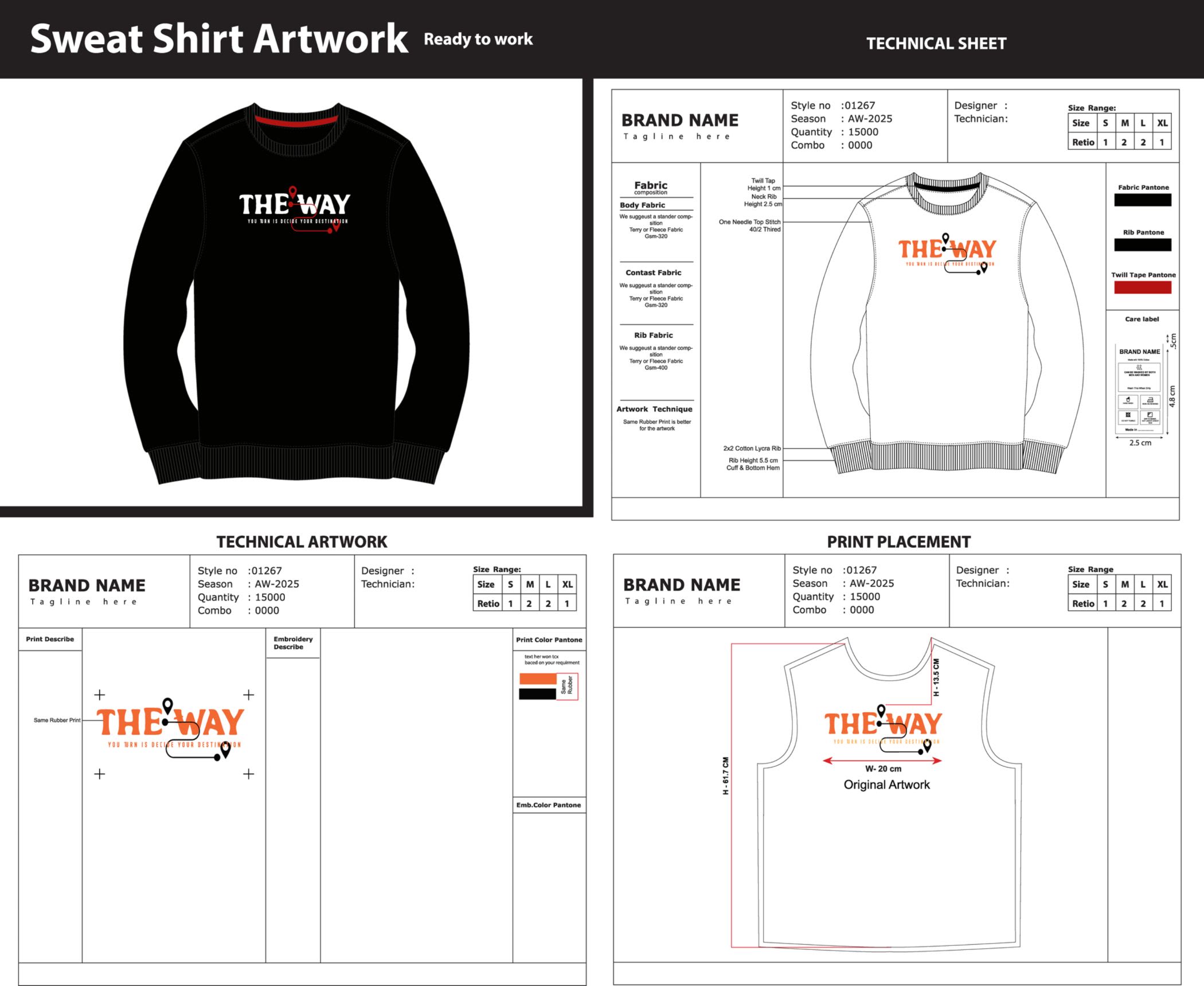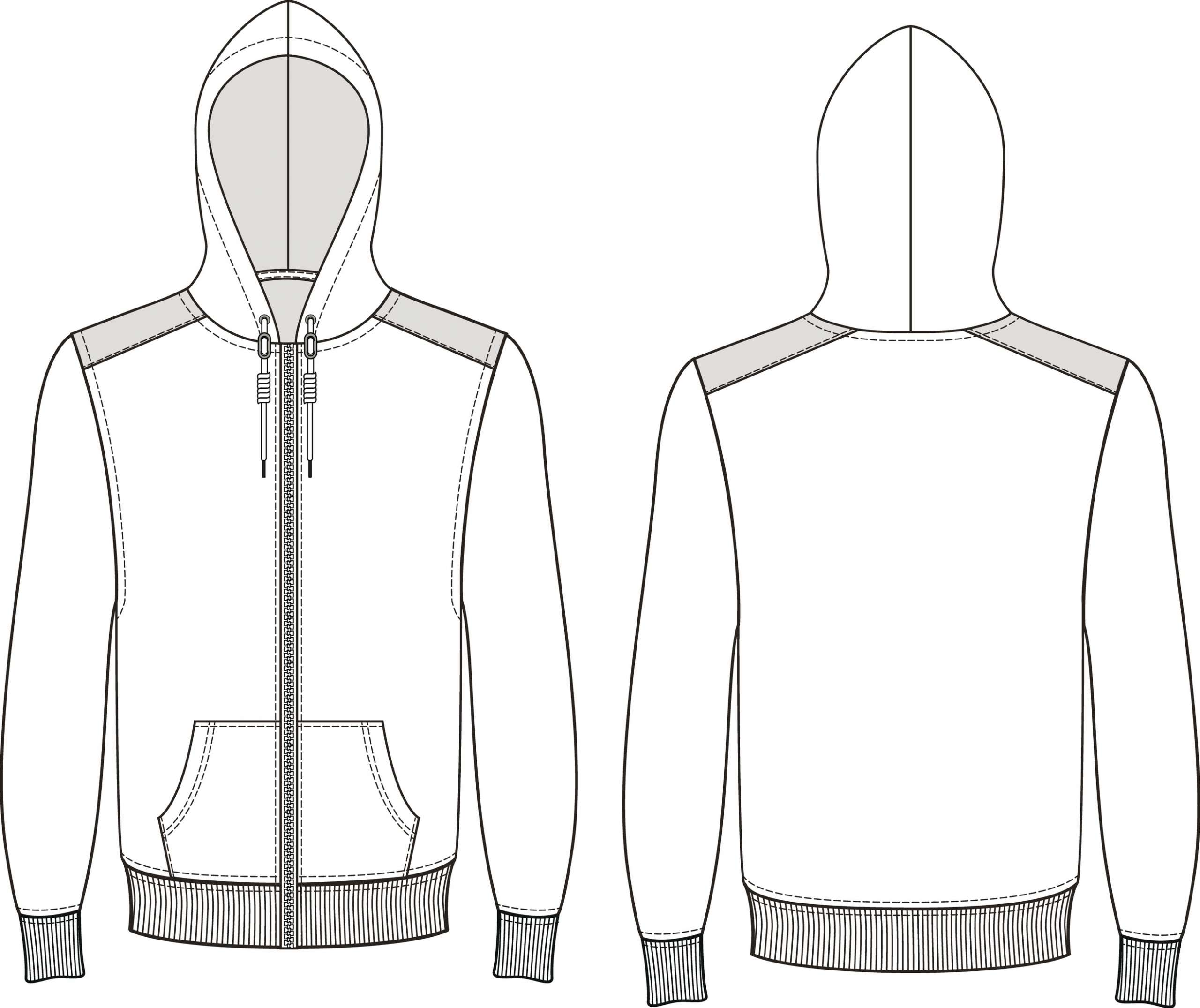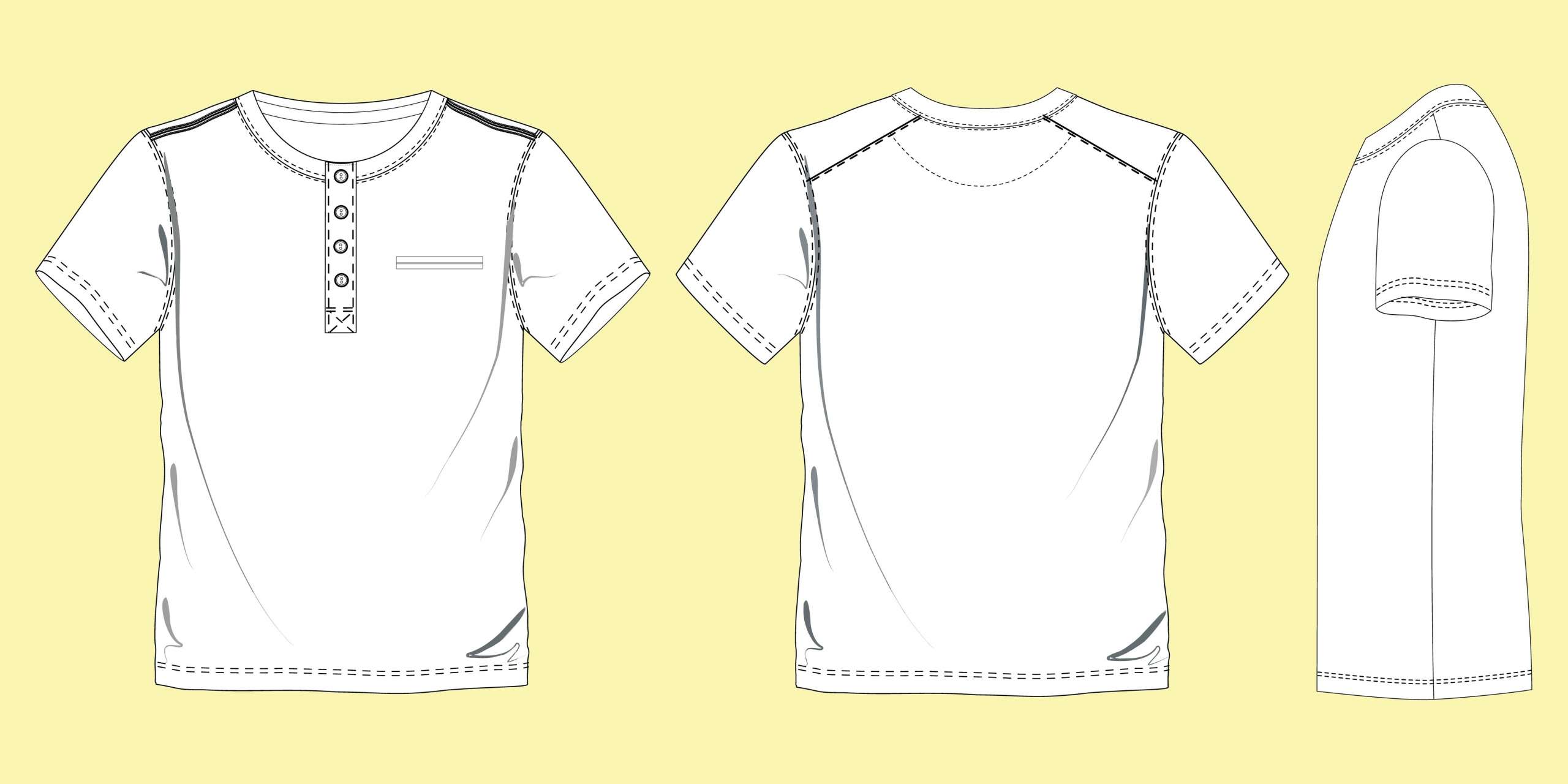How to Monetize Increasing Demand for Tech Clothes?



Technical clothing or ''tech clothing'' is any garment that, through advanced fabric treatment, incorporates digital printing technologies while manufacturing it, or any other high-end manufacturing process provides a function beyond hiding the human body. For example ‘’tech hoodies’’ are uber-cool hoodies that have specifically designed pockets to fit in the AirPods or Bluetooth, and have pockets designed to keep the smartphone or a tablet.
Even the material used in tech clothes can withstand weather conditions like rain, sleet, snow, or extreme humidity and heat.
https://unsplash.com/photos/JL4pgH44k-g
What are tech clothes?
Tech clothes came into existence about five decades ago; however, the demand for them increased in manifolds in the last few years. The older versions of tech clothes were made of gore-tex material, and most of the apparel was jackets. These jackets had multiple pockets, which helped the hikers and bikers during their expeditions. The fashion world has many innovations in the field of what we know as tech clothes today.
Gore-Tex is a water-resistant fabric that was invented in 1969. It is a breathable fabric membrane and allows moisture to pass through. It is meant for all-weather use, and the extremely lightweight feature makes it ideal for hiking, cycling, triathlon, etc. It is composed of stretched polytetrafluoroethylene (PTFE), known as Teflon, in colloquial language. Wilbert L. Gore and his son Robert W. Gore invented this material Gore-Tex in 1969 and applied for patents on the material. Now it is sold under the registered trademark of W. L. Gore & Associates.
https://unsplash.com/photos/RN0ddTJuoNw
How to monetize the increasing demand for tech clothes?
Brands like The North Face, Icebraker, Smartwool and Patagonia are renowned brands in the field of tech clothes. If a new brand wants to launch its clothing line of tech clothes, they need to take care of a few things.
1. Distinct design differences
Since there have been existing players in the space of tech clothes for a long time, if someone is planning to enter that space, they need to come up with very distinct design differences. Since tech clothes use very different technology to manufacture the special types of clothes, the consumers prefer to buy from their trusted brands. Unless the customers of tech clothes are convinced that the newly launched brand can deliver all the benefits which their trusted brand did, along with some improvisations in design, they will not invest their hard-earned money into that.
Standalone tech clothes are not very effective because it is made for people who work and move in extreme weather conditions. The materials used in tech clothes are extremely breathable and moisture-wicking. It does not let the sweat of the wearer accumulate inside.
The jackets have plenty of pockets and storage space. The pants are extremely lightweight so that it does not hinder the fast pace of the wearer. The material is extremely durable and lasts for years together. As they are meant for rugged conditions, they have to pass through a rigorous set of quality checks.
https://unsplash.com/photos/CTvBnrPOFiQ
2. Obtaining the rights to use patented materials
Since then, more fabrics like gore-tex and merino wool used in manufacturing tech clothes have patented quite a few of their formulae. For example, the brand ‘The North Face’ uses thermoball insulation techniques to manufacture slip-on sandals that use 40% recycled rubber outside.
Patagonia uses 3-layer H2No® performance standard technology to produce its all-weather jackets. These jackets are waterproof and can be used on rough terrains. The breathable material will keep the wearer comfortable during heavy hiking or cycling expeditions.
If someone needs to launch their tech clothes fashion line, they need to obtain permission to use these fabrics from the original manufacturers. Or they need to innovate new types of fabrics, which will require extensive research for a long duration. However, if the new brand manages to achieve this, it will surely be able to monetize the increasing demand for tech clothes.
https://unsplash.com/photos/qRkImTcLVZU
3. Taking help from social media influencers
Tech clothes have a very niche market, and only people who work in extreme conditions or do heavy-duty hiking or cycling use them. To make them popular amongst the masses, the new brand needs to work closely with the social media influencers who have the right image to market such attires.
Since the newer generations depend a lot on the opinion of the social media influencers they follow closely, the sale of these products can be increased manifolds. If the demand for tech clothes increases in the market, the new brand can launch its products and benefit from them. They can earn good profits if they focus on social media marketing and regular hype through commercials and promotional activities.
https://unsplash.com/photos/OXrk8fG2aig
4. Responsible marketing
The new brand needs to establish itself in the market and start claiming the market share bit by bit. They need to do aggressive marketing; however, it needs to be responsible. Generation Y and millennials are extremely conscious of the working conditions of factory workers, and any brand which exploits the workers gains a lot of negative publicity in today’s world. One negative viral post will spoil the brand image of the newly launched brand, and it might never be able to come out of that.
If the new brand is U.S.A based and they are planning to outsource its tech clothes manufacturing to countries like China, Sri Lanka, Bangladesh, and Vietnam, it needs to ensure that those vendors follow the labor laws strictly. If the brand is starting its operations in India, then it will face comparatively less competition as all the renowned brands are U.S based. It might be an opportunity to enter a virgin market. It can reap its profits very well if the products are marketed well.
As it will be the first brand of tech clothes to launch its product line in India, it first needs to create a market for it. As of today, there are some brands that export tech clothes to India.
https://unsplash.com/photos/yktK2qaiVHI
5. Sustainable and eco-friendly production
Tech clothes are meant for a specific purpose; however, the fashion industry has been facing a lot of challenges in the last few years due to its reputation for being non-environment-friendly. Most garment manufacturing companies dump their waste in landfills without processing them, and they are not easily biodegradable.
The textile industries and tying and dying units also cause a lot of air pollution. They also release a lot of chemical waste to the oceans, which has badly impacted marine life. Hence, the new brand which will launch tech clothes in any part of the world needs to ensure that they adopt an eco-friendly approach.
The new brand will fail drastically and get into losses if they don’t have a futuristic approach. On the contrary, their topline will increase drastically if they adopt the eco-friendly production and marketing approach.
https://www.pexels.com/photo/people-holding-a-globe-6963622/
6. Digitization
Since tech clothes are meant for the tech-savvy generation, if digital printing, 3D digital virtual sampling, 3D fit technology, and similar techniques are used while manufacturing tech clothes, the wearers will be impressed. It will help the manufacturer to keep the costs much lower than the manual processes, which have been used for a long time in the apparel manufacturing industry.
Naturally, if the costs are low and the manpower needed to manufacture tech clothes is reduced, the profitability will increase. The above-mentioned technologies can reduce the number of workers in the fashion house and garment manufacturing unit by a huge percentage. The savings can be collected through wages to be paid to less manpower and the upkeep of workers can be added directly to the top line of the balance sheet.
https://pixabay.com/illustrations/artificial-intelligence-brain-think-4389372/
Fabrics used to manufacture tech clothes
1. Merino Wool- Merino wool is grown in Australia and it is a favorite of fashion designers due to its quality and versatility. A lot of luxury brands import Merino wool to their country and manufacture the fabric as per their designs and prints. Some import the ready-made fabric made of Merino Wool from Australia.
This material is used to manufacture various types of techwear and tech clothes. This fabric’s texture is extremely smooth and the wearer feels very comfortable wearing it.
2. Gore-Tex- In the beginning of this article, this fabric was discussed at length. It is a patented product and any company which wants to use it will need to take permission from W. L. Gore & Associates.
3. Cotton blend- Some companies use a heavy-duty cotton blend to manufacture tech clothes.
Conclusion
Clothing brands must come forward to create a cleaner and healthier planet for the upcoming generations. Apart from this, fashion brands can also turn to Fashinza if they face any supplier-related issues while creating tech clothes. It is a brilliant platform that can make apparel manufacturing seamless, cost-saving, convenient, and faster for brands. Find out more about how Fashinza can help your brand here.



















